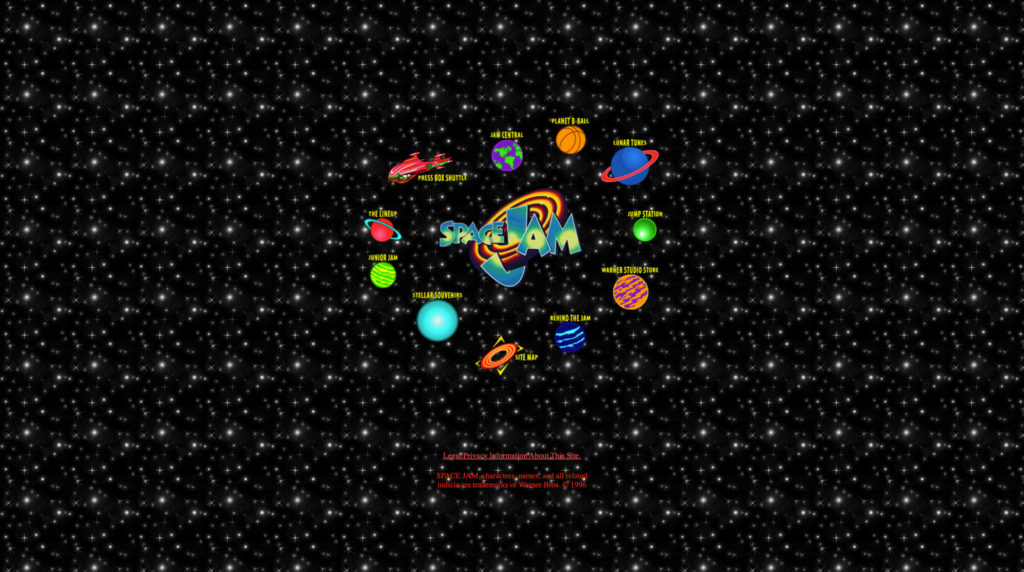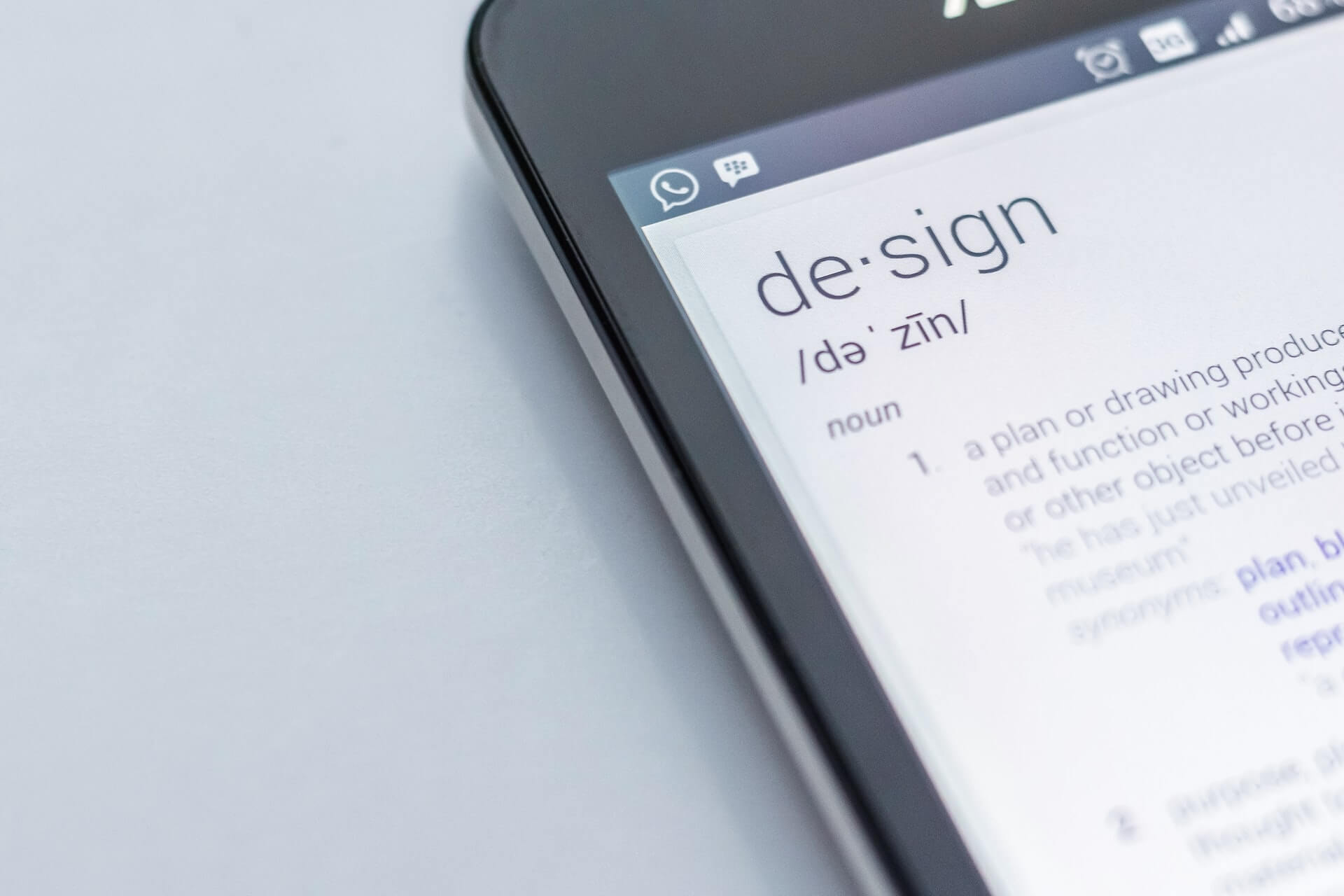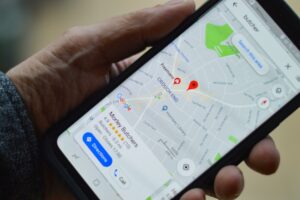If you’re anything like me then you likely have a half dozen tabs (or more) open as we speak. If you’re the rare exception and you’re reading this from your one and only tab, then firstly I’m honored, but you also have much more self control than most.
In those tabs, you may be browsing the menu of your favorite local eatery, searching for new clothes online, or reading blog posts from an awesome web design company. The one thing all those tabs have in common however is they feature web designs.
At this point you’re probably asking yourself: so what is web design anyway? We have a ton of experience in this arena so we’ll be happy to shine a light on this for you but before we dive in, lets provide a quick definition for what web design is.
What is web design?
Web design at its core is simply the process of creating a website. Whether you’re creating a blog, a small business website, or a full e-commerce site, web design is the process that brings your website to life.
The nuance of web design, however, lies in the components that go on behind the scenes including:
- Web Strategy
- Graphic Design
- Web Development
- User Interface Design (UI)
- User Experience Design (UX)
- Search Engine Optimization (SEO)
That list might seem like a mouthful so we’ll do our best to break it down bite by bite for you.

Web Strategy
Web Strategy is the strategic plan used to create your website and serves as the foundation for all web design projects. When done correctly, effective web strategy helps you define your goals to determine the target you’re trying to hit and establishes a plan to hit your mark.
Graphic Design
Graphic Design is the art of visually communicating ideas or messages. Graphic design can include logo design, branding, print design, and in this case, website design.
Web Development
Web Development is the process that writes the code behind the scenes of your website. This code is comprised of a series of coding languages such as HTML that forms structure, CSS that forms style, Javascript that forms functionality and more.
User Experience Design
User Experience (UX) Design is the process of designing the experience a visitor has while using your web design. UX design focuses on a visitors perception of the design including its ease of use, efficiency, etc.
User Interface Design
User Interface (UI) Design is the process designers use to build interfaces such as forms, buttons, and menus. While UX serves as the experience behind the scenes, UI on the other hand is what you see when interacting with the design.
Search Engine Optimization
Search Engine Optimization (SEO) is the process of maximizing the number of visitors to a website. If the previous components determine what people see on your site, SEO determines how many people see it.
Why is web design important?
How many bad looking websites do you have bookmarked?
The answer is very few if any at all. That’s because we tend to favor designs that are visually appealing and easy to use. While what looks good can be subjective, there are a ton of elements behind that scene that inform an effective web design why we form positive experiences with some designs and not others.
What makes effective web design?
The difference between an effective web design and an ineffective web design is results. Whether your goals are to increase signups, sell more products, provide more quotes, or simply wow your visitors, every element on your website should be working towards those goals.

Effective design elements change from project to project but some of the staples found in most web designs include:
- Persuasive content
- Clear call-to-actions
- Easily readable text
- Balanced content (not too much text or too many photos)
- Responsive design (a design that adapts to the visitors’ device such as phone, tablet, laptop, or desktop computer)
Persuasive Content
You may be the hero of your story but your visitors are the heroes of theirs. Instead, think of yourself as the Obi-Wan Kenobi in their story, showing them the ropes, guiding them to where they need to go, and answering any questions they have along the way.
Clear Calls-To-Action
Your call-to-action acts like a signpost that lets your visitors know where to go next and what to do when they get there. Without a clear call-to-action, your visitors may not know what steps to take next and are much more likely to leave without accomplishing the task they came for.
Easily Readable Text
There’s an entire subsection of graphic design dedicated to typography for good reason. Good typography make sure that visitors can read your text clearly and even helps your visitors retain information for longer.
Balanced content
Try to envision your visitors as Goldilocks (yes, from the story with the 3 bears). Too much text becomes overwhelming to visitors and causes them to lose interest. Too many photos cause your website to appear to lack substance. Balance the two, however, and your web design will hit that sweet spot.
Responsive Design
Responsive design is a modern design approach that ensures that your web design adapts to visitors’ devices such as phones, tablets, laptops, or desktop computers. Whether or not your site is responsive can have big impacts on your SEO and avoids frustrating visitors with the endless pinch-to-zoom to read your content on smaller devices.
What makes ineffective web design (AKA what to avoid)?
On the other hand, the elements that can hold a web design back from being truly effective range from small details that can irritate your visitors to bigger issues that can turn away visitors entirely. We could spend days talking about all the small things that can affect a website’s performance (we’re web design nerds, we really can) but we’ll try to focus on just the biggest offenders here.

Some of the hardest hitting, and most common, elements of ineffective web design include:
- Keyword stuffing
- Generic (or cliche) Stock Photos
- Bad Typography
- Non-responsive design
Keyword Stuffing
Keyword stuffing is the practice of prioritizing keywords to have more keywords at the expense of readability for keywords. Oof, that hurt to type, let alone read.
Keywords are important to SEO because they tell search engines what your pages are about and who they should show them to when searched. While keyword stuffing may seem like an easy win to boost search visibility, it creates an awful experience for readers and can even lead to a search penalty resulting in decreased visibility instead.
Generic Stock Photos
The cold, corporate handshake. The smiling support tech that moonlights as an Abercrombie model. We’ve all seen these bland, generic stock photos.
Good photography in your web design helps build trust, supports the themes of your content, and contributes to more cohesive branding. Using generic stock photos not only tells visitors you lack originality but also indicates that you may have something to hide.
When possible, we recommend taking your own photos but if stock photos are a better fit for your budget, spend the extra time looking for photos that feel authentic and avoid those that feel staged.
Bad Typography
It can be shockingly easy to over-design a website especially when it comes to type. Poor color choices like light gray text on a white background or too much text on a dark background can contribute to eye strain making your site quite literally painful to look at. Even the number of fonts you include in your web design can be distracting or feel disjointed.
Typography is sometimes one of the most overlooked web design elements but we recommend putting in the extra time here since it’s one of the most important.
Non-Responsive Design
Mobile web traffic accounts for approximately half of all web traffic world wide. Needless to say, websites that aren’t responsive are missing out on a HUGE portion of their demographic. This is thankfully becoming less and less of an issue every year but you’d be surprised how many sites are still in the dark ages on this one.
Fun fact, we track all kinds of analytics on our site and our data tells us there’s a 50/50 chance you’re reading this on your phone 😉
Make your website a success
So what is web design? It’s the sum of many parts all working together to make your website a success. If you keep these elements in mind when building your next web design, you’re sure to elevate your website to the next level.
Feeling overwhelmed? Don’t worry, we have your back. We’ve dedicated years to refining our web design process with all the ingredients for success, including everything in this post and much more. Contact us today to learn how we can help make your website a success.




